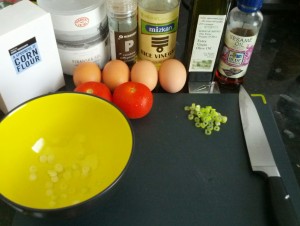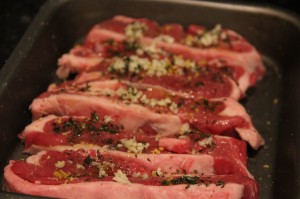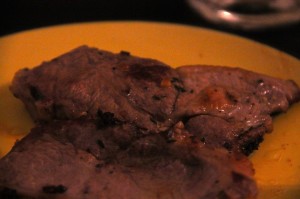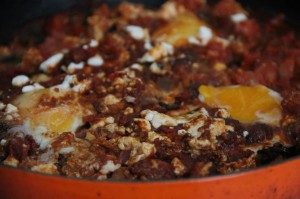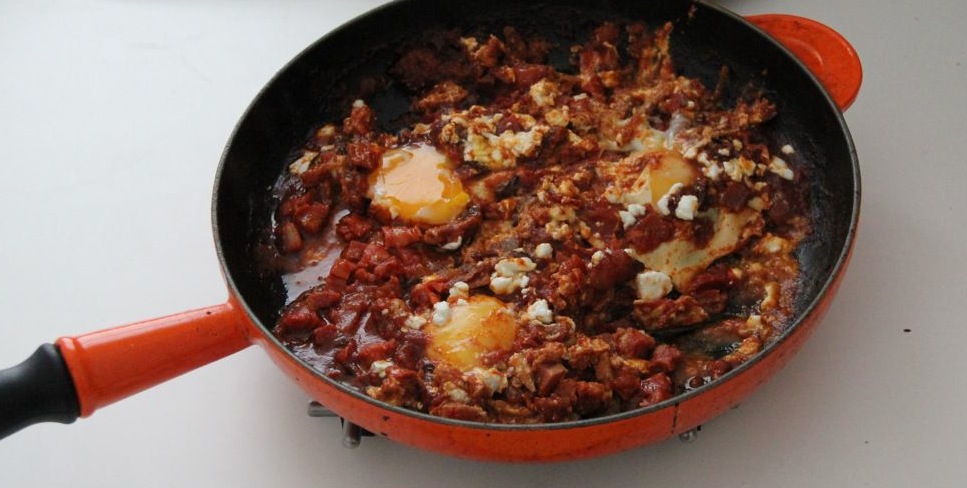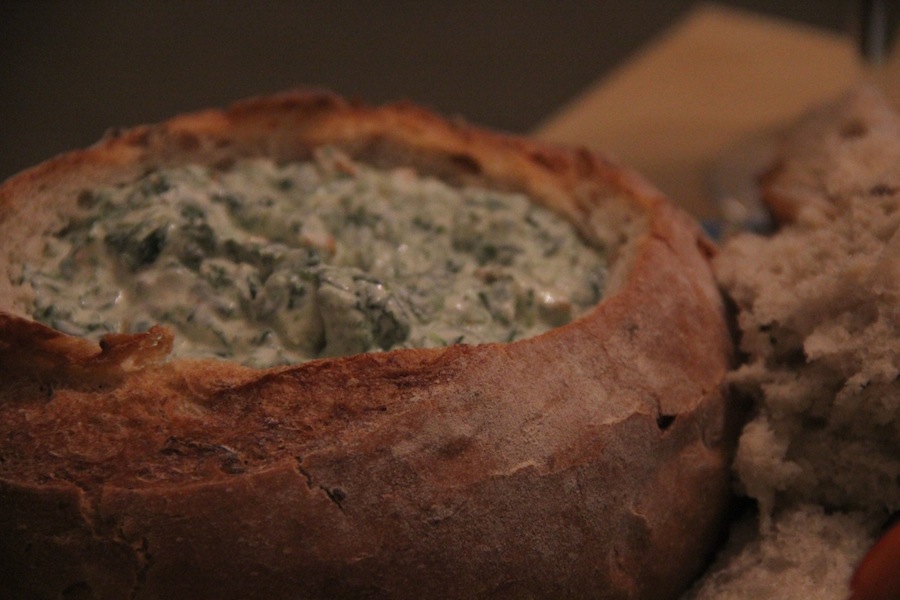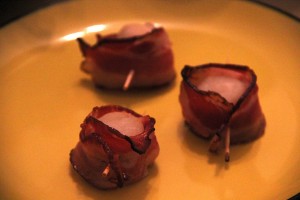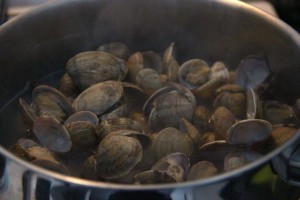In honour of Earth Day just gone, someone recently asked me what I do with leftovers when I make a meal. It really depends on where the food is from with which I am making dinner, but some things stay constant. Most meals include a starch, vegetables, and a sauce and/or meat of some kind. I find that vegetables and meat and sauce are things that reheat well for another meal the next day. The main issue is if I make too much starch. This is when I start searching “how long does x keep in the fridge”.

The main issue with starches is that they start to go a bit dry or hard if left too long, so the best way to handle them is to embrace this state and find dishes that want them like this. For European food the starch is usually potato, which has many options – Eastern European potato pancake/British bubble & squeak/Irish potato farl, fried potatoes for breakfast with fried onions and bacon lardons from Italy or Germany, Spanish tortilla where the potato is sliced and suspended in a giant thick omelette – the list goes on.
For Asian food, the leftover starch is normally rice, which I make into fried rice later in the week. American food is more often bread, which transitions nicely into French toast once it’s a little stale since it soaks up moisture readily. Mexican tortillas can be sliced into strips and fried into breakfast eggs as migas, popular in Texas. Honestly I have never had leftover naan bread – it is far too popular in my household.
I like migas because you can nearly throw anything in there, and it’s fabulous for hangovers, as long as you’re in decent shape for half an hour of cooking. The ingredients are flexible to what you have in the house – I have starred optional extras below. It’s like a big Mexican omelette, which you eat like a burrito inside a tortilla. It’s gluten-free if you stick to corn tortillas, and dairy-free if you leave out the cheese.
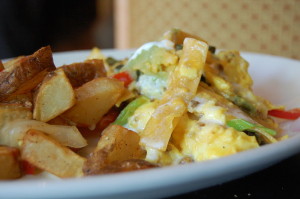
Migas (serves 2)
1-4 corn tortillas for frying
2 flour or 4 corn tortillas for serving – or baked potato pieces to have on the side
1 Tbsp oil
1/2 medium onion, chopped
*1 clove garlic
*1/2 chopped red pepper
*any kind of leftover meat – chopped or shredded – pork and chicken work best
3-4 eggs
1 handful shredded cheese – cheddar is the best for this though mozzarella also works
2 Tbsp salsa
2 tsp green Tabasco
A pinch of salt
Sour cream for serving
Guacamole for serving
Salsa for serving
Cut the corn tortillas into 1 cm (1/2 inch) wide strips. Slice each strip into 2 cm (1 inch) long pieces. Shallow fry the strips with oil, stirring often. Add in the optional ingredients until cooked. Mix the eggs in a bowl and pour in. Stir until firm, then add cheese. Once the cheese melts, add salsa, Tabasco, and salt.
Guacamole
2 small avocados
1/4 lime
5 drops Worcestershire sauce
1 clove garlic, minced
1 Tbsp salsa
*finely chopped red pepper and onions
salt to taste
Remove flesh from avocados. Squeeze lime into bowl, add Worcestershire sauce and other ingredients and mix. Cover until using, otherwise the colour will go brown.
To eat the migas, heat the serving tortillas so they are softer, and fill with the egg mixture down the centre as if they were burritos. Add guacamole and/or salsa and/or sour cream; wrap and eat.
Pictures to follow.

